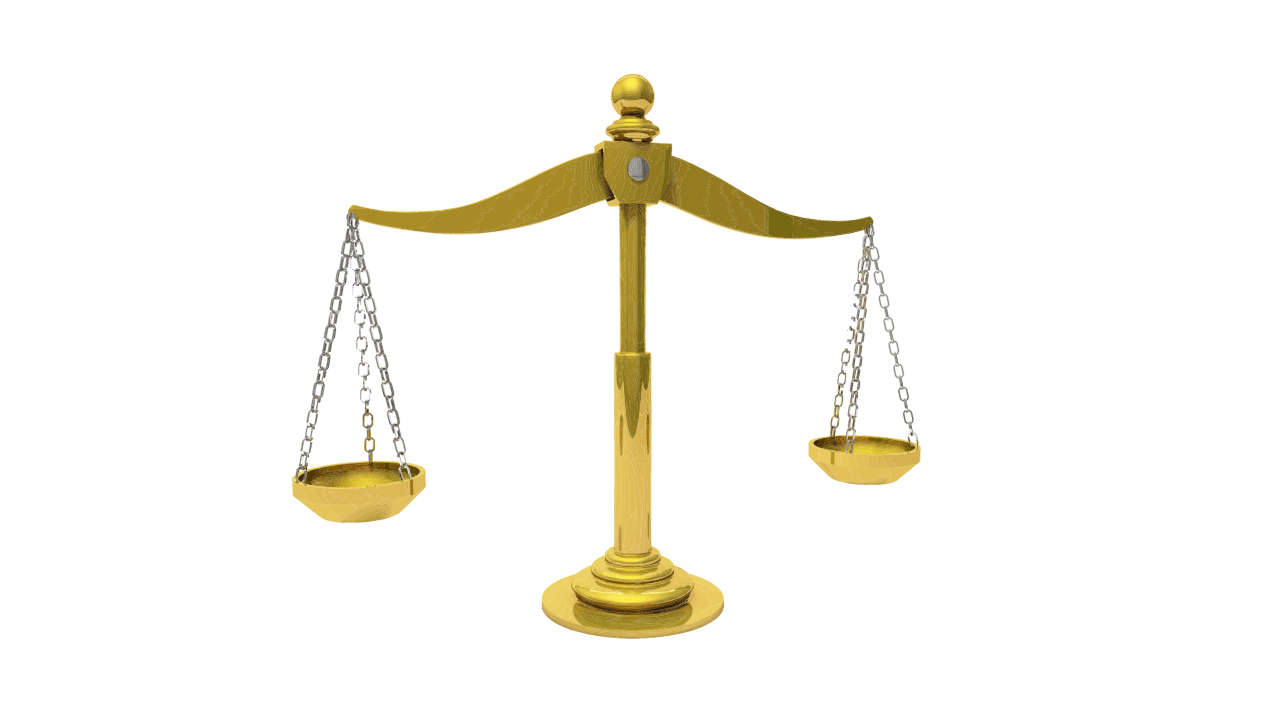Any democracy stands on the pillars of the Legislature, Executive and the Judiciary. India being the largest democracy in the world is no different and depends on the Judiciary for its democracy to function. The power of the judiciary comes from the constitution but its strength depends on the faith people put in its effectiveness. Without the faith of the people the judiciary will become totally ineffective as people will not approach the courts in pursuit of justice. Since the judiciary is what ensures the continuance of justice in the society, it is extremely important that it is effective in order to maintain the social order of a country. However, that can only happen as long as people place their faith in the mechanisms and integrity of the legal system. Unfortunately, many issues make the legal system out of reach for many citizens of India.
The biggest concern plaguing the courts right now s perhaps the huge backlog of cases in the courts. Cases have accumulated in the Supreme Court, the 24 High Courts and in the subordinate courts. The National Judicial Data Grid reported a logjam of almost 2.8 crore cases in courts as on August 2018. The problem is mainly attributed to the shortage in the number of judges as the number of appointed judges is much less than the total number approved for appointment.
As a result of this disproportionate number of judges catering to a huge number of cases and the resultant backlog of cases pending in the courts, the figurative cost of justice has risen in India. Those approaching the courts for not only spend money on the litigation, but also spend a long time waiting. As the saying goes, “justice delayed is justice denied” making this delay in delivering justice effectively a denial of justice in many cases. Another thing to consider is that by the same tenet, the proximity of punishment and the surety of it is a bigger deterrent to crime than the severity of punishment. Thus, improving the judges to cases ratio might even be effective in bringing down the crime rate of the country.
Even though the principles of natural justice demand trials to be conducted without any bias, the judiciary has not been above corruption or suppliant to political pressure in the past. Corruption within courts can make the integrity and fairness of the judiciary questionable. Prejudice can be created in court if the judiciary is influenced and compromised, leading to an integral problem in the democratic systems of our country.
The other aspect that needs to fall under the purview of reform is judicial overreach. Judicial overreach is when the judiciary takes it upon themselves to make laws and impose the same rather than leaving the formulation of laws to the Legislature. This is a critical error which can lead to the blurring of the lines between the legislature and the judiciary. There can always be place for judicial activism, but detrimental overreach should be curtailed and controlled in order to sustain the sovereignty and interdependency of institutions in a democracy.
Given these main reasons that show the need for judicial reforms in India, possible solutions are as follows:
- A system to promote transparency should be put in place along with procedures to hear grievance petitions. This could be a solution to tackling corruption in courts.
- Competent judges should be added to the existing judicial strength. The Supreme Court had struck down the National Judges Appointments Commission (NJAC) in 2015 declaring it unconstitutional. A replacement is required to curtail the short fall of judges in the judiciary. This will enable expeditious resolution of disputes.
- An established mandatory pre-litigation process should be in place to discourage frivolous litigation to conserve the court’s time.
- To improve faith in its effectiveness, an independent executive body could be set up solely to enforce the judgments issued by the court.





